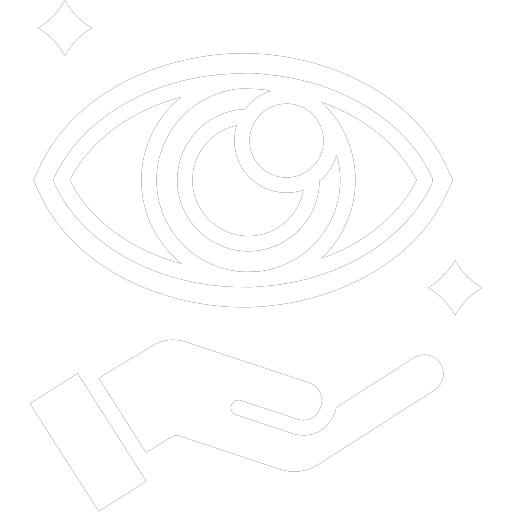MYOPIA CONTROL CLINIC
Myopia, a common refractive error, is increasingly prevalent in children and young adults. Without proper management, myopia can progress rapidly, leading to increased dependency on corrective lenses and higher risks of serious eye conditions later in life.
At our Myopia Control Clinic, we offer a range of advanced, evidence-based strategies to slow the progression of myopia and promote long-term visual health. Dr. Shalini Jain utilizes a comprehensive approach to manage myopia, employing a variety of proven strategies to slow its progression and safeguard long-term eye health.
Book An Appointment-
Comprehensive Myopia Assessment We begin with a thorough eye examination to evaluate the degree of myopia and its impact on your child's vision. This includes measuring axial length, assessing visual acuity, and understanding lifestyle factors that may contribute to myopia progression.
-
Innovative Treatment Options Our clinic provides a variety of cutting-edge treatments designed to control myopia. These may include:
-
Orthokeratology (Ortho-K) Dr. Jain prescribes custom-designed contact lenses worn overnight that gently reshape the cornea, allowing for clear vision during the day without the need for glasses. Ortho-K is particularly effective in slowing myopia progression in children.
-
Atropine Eye Drops Low-dose atropine drops, recommended by Dr. Jain, are applied before bedtime to effectively slow the progression of myopia in children. This treatment is easy to use and highly effective.
-
Myopia Control Glasses Dr. Jain offers specially designed glasses and contact lenses, such as multifocal and dual-focus lenses, that help manage myopia by altering the focus of light on the retina, reducing the rate of myopia progression.
-
Vision Therapy Dr. Jain integrates vision therapy into her myopia management plans, especially for patients who require improvement in visual skills such as eye tracking, focusing, and eye coordination. Vision therapy exercises strengthen the visual system, which can be particularly beneficial in managing and controlling myopia.
-
Lifestyle Modifications Dr. Jain emphasizes lifestyle changes, including increased outdoor activities and reduced prolonged near work, as these have been shown to slow the progression of myopia. Proper lighting and regular breaks from close-up tasks are also recommended.
-
Personalized Care Plan Based on the results of your comprehensive assessment, we will develop a tailored treatment plan to meet your specific needs and goals. Our team will work closely with you to monitor progress and make adjustments as necessary.
-
Ongoing Monitoring and Support Regular follow-up appointments are crucial to track the effectiveness of the chosen treatment and ensure optimal outcomesOur clinic provides continuous support and guidance to address any concerns and adjust treatment plans as needed.
Our goal at the Myopia Control Clinic is to provide effective solutions that help manage and reduce the progression of myopia, allowing patients to enjoy clearer vision and a healthier future.
For expert care and personalized treatment options for myopia, contact Dr. Shalini Jain's Samyak Eye Care Clinic today. Let us help you take proactive steps towards better vision and long-term eye health.




